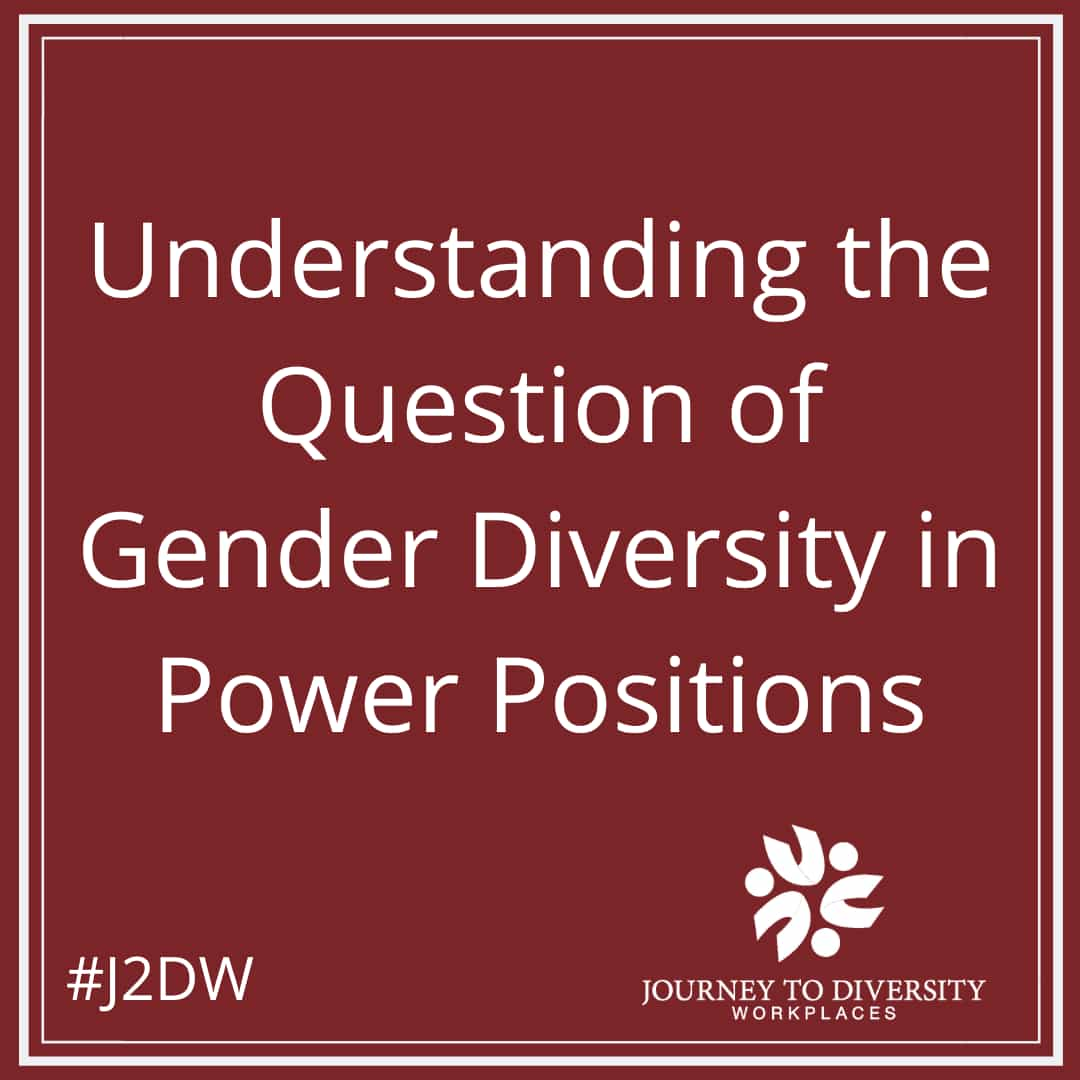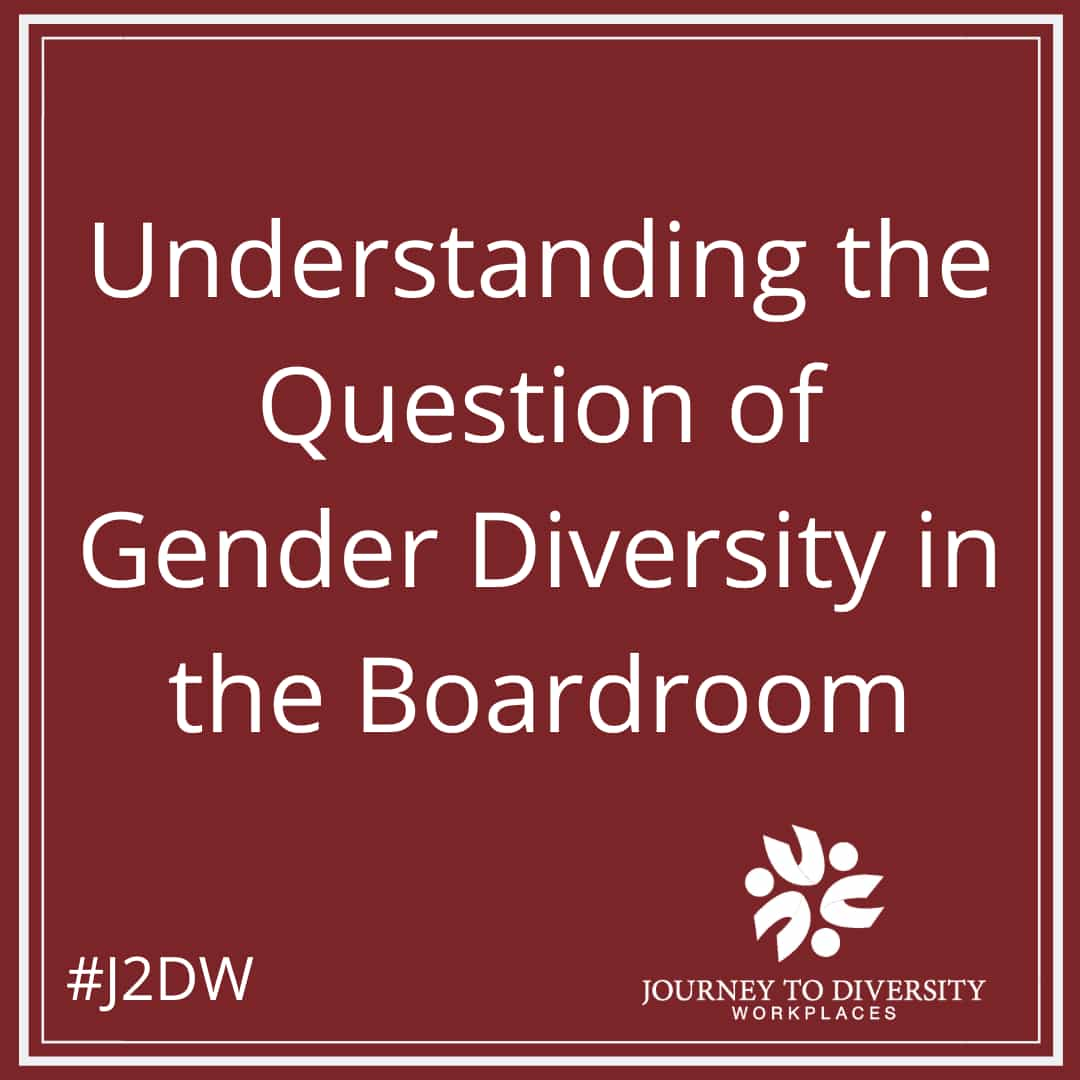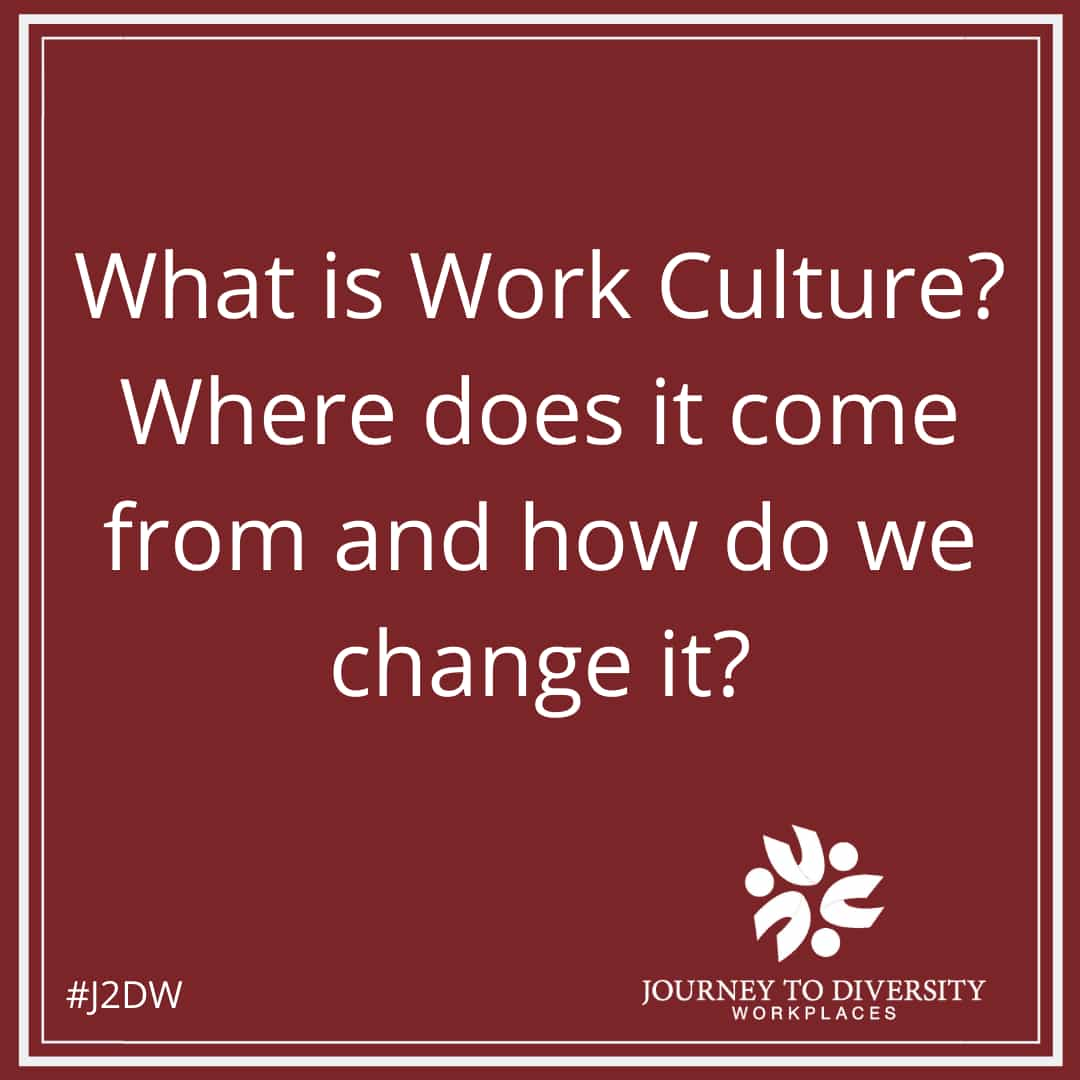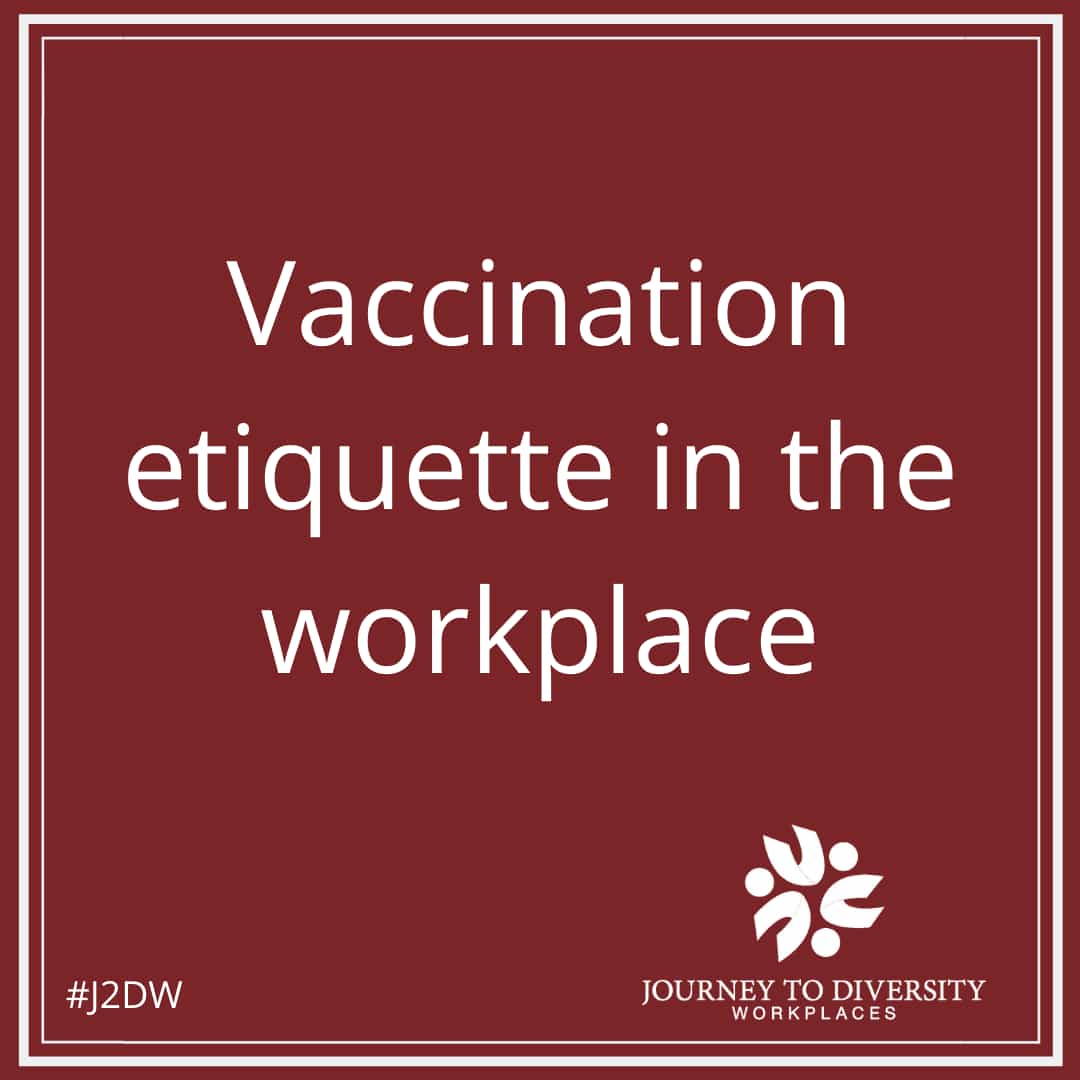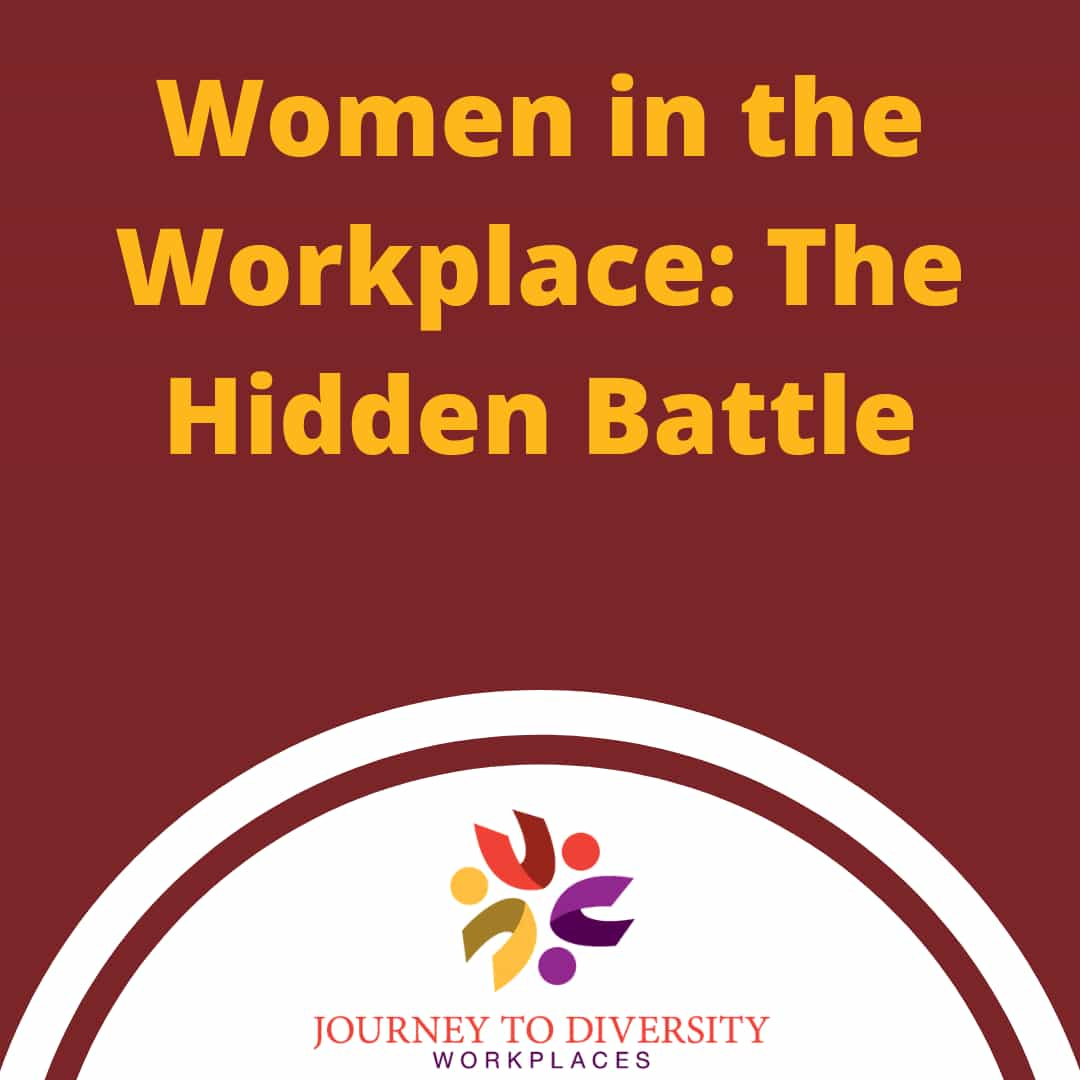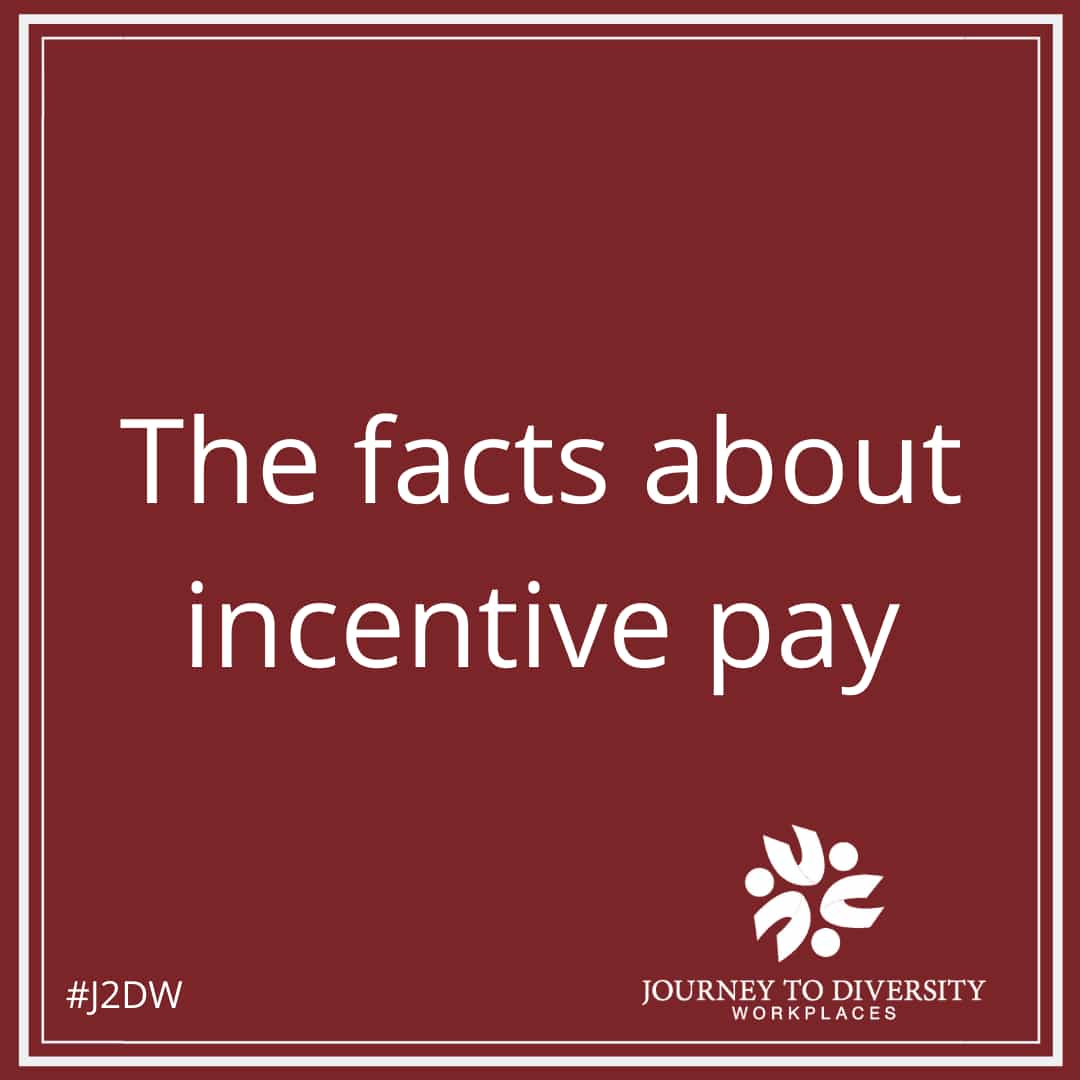Historically, women have been born into an assigned gender role in the workplace.
Dating back to the 20th century, most women stayed at home completing tasks such as cleaning, cooking, and taking care of children, and they did so primarily young and unmarried. In that era,
just 20 percent of all women were considered “gainful workers” (Yellen 2020) while their men counterparts were fulfilling the roles of managers, CEO’s, and engaging in the act of physical labor. The visually unjust barrier during this time period could further be divided by race, where African American women were more likely to be forced into unwanted labor than white women largely because of segregation and lack of people that would hire them. Women abandoning their career prospects upon marriage reflected past cultural norms, the nature of work readily available to them based on race and/or sexual orientation , and legal barriers formed by men. Women in this time were told not to attend higher education as they were taught to consider their role as a ‘homemaker’ to be their ultimate goal in life. Since the establishment of the Equal Rights Amendment where women were now seen as equivalent to men, a modern day woman has achieved countless milestones in the workforce and in society. According to Statistics Canada, women are more likely than men to earn their high school diploma, to have a greater enrollment presence in college and university programs, and to dominate various industries such as healthcare and teaching. Despite all the progress and success of a modern day women, discrimination in the form of authority, physical ability, and wage gap are still ever so prominent when competing for roles of power in the workplace. There are many leadership qualities that women frequently display in power positions that go unnoticed, and could benefit their male coworkers if followed. We have yet to see a woman president of the United States despite past candidates having the same, if not more willpower as their male counterparts, we have a progressive, yet underwhelming presence of women in STEM and innovation fields not because a majority of these individuals do not wish to pursue a career in that field, but because of stereotypes and degradation. Women continue to face hierarchical discrimination, limiting their employment prospects and societal advancements.
History has reinforced the idea that women are too kind and compassionate to be leaders, but when a woman who is not particularly bubbly, and instead chooses to focus on producing more sales, and being assertive, it is viewed as humorous and not taken seriously by male counterparts. It is important to recognize that the stereotypical definition of authoritative has been hijacked by validation, appreciation, and empathy– something a workplace needs to maintain a positive culture. It is human nature to crave validation after working a ten hour shift in which an employee has put all their willpower towards. We are no longer living in a world where masculinity contest culture creates a hostile work environment and undermines the efforts of employees covered up by the simple sentence “it’s your job”. Many of the men in positions of power tend to overlook the significance of establishing genuine relationships in a well structured workforce, and instead, think of their employees as another step to achieving their company goals. Center For Creative Leadership conducted a study where individuals were asked to compare and contrast the benefits of men versus women in positions of leadership. Results showed that when there are more women as authoritative figures in the workplace, there is an increased job satisfaction rate, increased productivity rate, and allows employees to be less susceptible to burnout (Creative Leadership 2019). This is because women take the time to learn about their employees’ personal morales , passions, and strengths.
Women brainstorm ways to integrate employees strengths into their workplaces execution style which can go a long way towards success. Toxic masculinity has structured the way men react to a woman’s authoritative manner, and how they present themselves in the workplace because that type of initiative used to be the only way to success. Women were always ranked below men on an economical scale, and many of these men have not yet adjusted themselves to workplace diversification.
Motherhood bias is the assumption that mothers should be fully responsible for their families’ social scene, and their children without reservation. When a woman is applying for a position that requires much time and effort, the misconception that her role as a mother will compromise her role in the workplace shadows her accomplishments and capabilities. Regardless of our increasingly progressive society, a woman’s availability to her child is still guarded as an indication of her competence as a mother and the success of her child. How about the father who may even work a position less time consuming than the mother? Maybe a longtime friend or caregiver can spend time with a child for a short period of time? Ultimately, it is still viewed as the mother’s responsibility no matter the circumstances. A study conducted by the American Journal of Sociology discovered that mothers were seventy nine percent less likely to be hired for a position of power, one hundred percent less likely to be promoted, offered $11,000 less in salary, and held to higher performance standards than women without children (Breaking Through Bias 2022). This bias may not even be presented in the form of direct discrimination. A woman may be dismissed from meetings at hours critical to a child’s needs, and may not be considered for assignments where traveling is required. This may be beneficial to a child, and considerate under the circumstances that the woman asks for time off, but for a woman wanting to advance her career, these subtle forms of dismissal only alienate her from crucial aspects of her company’s proceedings. This form of discrimination may be even more determinental to a single mother that has to support herself and her kids without external sources. A single mother may be in contention for a job of higher power simply because she needs the extra income flow, and can not afford to remain in her current position with no chance of a raise or promotion. Alongside motherhood bias, motherhood guilt is extremely prominent in the workplace. To fulfill the position of a CEO, or manager, the individual will need to perform difficult tasks and work long hours. A mother may face backlash from her coworkers with comments such as “you should be spending more time with your child” , or “you are depriving your child of a mother’s attention”. These types of comments are practically unavoidable, and possibly derive from feelings of insecurity on behalf of the commenter. As a man, displaying your commitment to your position, as well as raising a kid, you are more likely to gain the respect of your coworkers simply because men have never been obliged to be the ‘homemaker’. As a woman, you are told your priorities are not in the right place, and are excluded from valuable workplace opportunities.
Self limiting biases leave women questioning their self worth based on how they have been perceived from a societal standpoint. A woman may assume she is not a good fit for a set position because society has told her it may not be an appropriate pursuit, or she would be uncomfortable, and incapable. Stereotypes of this descent cause uncertainty when faced with tasks that you have been told are best performed by men. 80% of social workers are women but only 15% of computer engineers are (Rueters 2021). It is more than realistic to assume this statistic is based heavily on self selection. Self limiting bias leads a woman to believe that she cannot be technical, but she is good at dealing with emotions because women are emotional beings. When a woman is pushy a man is recognized as persuasive , when a woman is rude a man is direct and knows his worth , and this often pushes a woman into believing that a more tame, and flexible position is better suited for her. Women have more than enough capability to thrive in these industries, but simply choose to avoid backlash and prejudice.
Moreover, women continue to face hierarchical discrimination, limiting their employement prospects and societal advancements. When stereotyping becomes apparent, we can unconsciously behave towards women untrue to their persona. We tend to categorize women and men in different physical, mental and emotional categories, and sometimes unconsciously think a woman should be communal, warm, pleasant, caregiving and men should be strong, forceful, and aggressive. These gender roles are rooted deep in history, a time period society has not yet outgrown. We still have a long way to go in acknowledging and respecting a woman’s role as a leader in the workplace.
References
Rueters, T. (2021, June 18). Gender stereotypes in the workplace: How 5 biases harm women. Andie & Al. Retrieved August 12, 2022, from https://andieandal.com/gender-stereotypes-biases-foster-women-workplace/
Burns, T. (2022, April 13). Women in the workplace 2021. McKinsey & Company. Retrieved August 12, 2022, from https://www.mckinsey.com/featured-insights/diversity-and-inclusion/women-in-the-workplace#0
Experteer Magazine. (2018, May 9). Why aren’t more women in power positions? Experteer Magazine. Retrieved August 12, 2022, from https://us.experteer.com/magazine/why-arent-more-women-in-power-positions/
Andie & Al. (2020, November 10). How to recognize bias against working mothers. Andie & Al. Retrieved August 12, 2022, from https://andieandal.com/gender-stereotypes-part-v-motherhood-biases-biases/
Helgesen S, Goldsmith M (2018) How Women Rise: Break the 12 Habits Holding You back From Your Next Raise, Promotion, or Job, Hachette Books (April 10, 2018)
This essay was written by summer student Bayden Summers and edited by Ilesha Prabhudesai. This article was funded by the Government of Canada.

